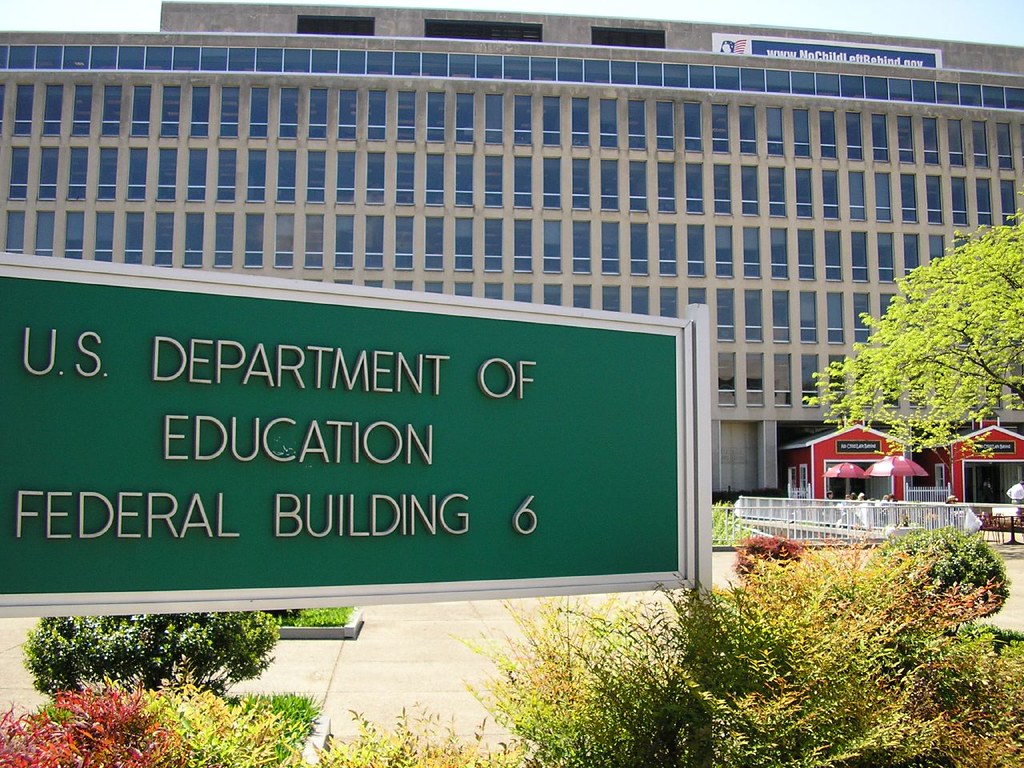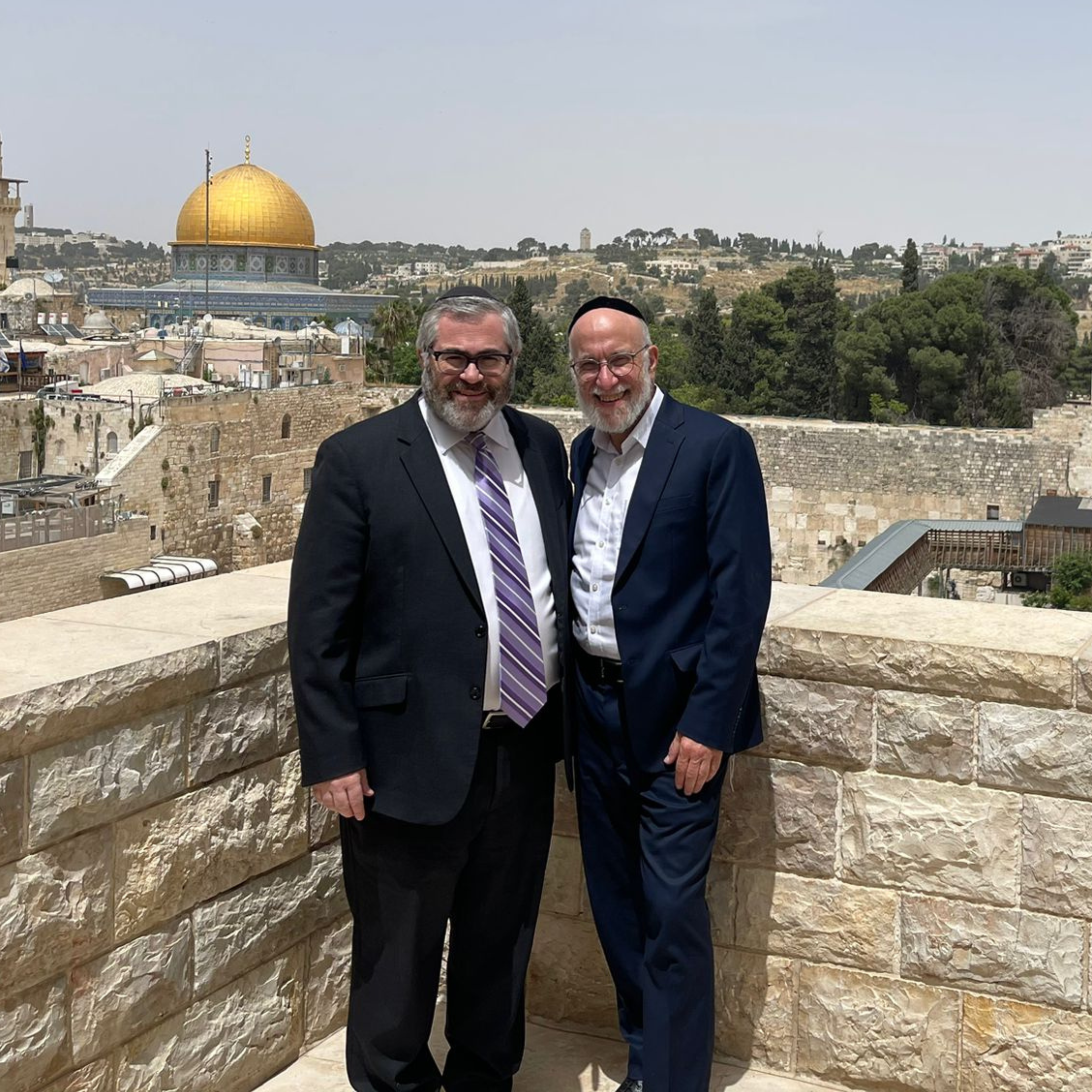
Over all of the years that we lived away from the United States we would always have a certain amount of pride and comfort as we drove across the border and saw the United States flag hanging proudly at the U.S. Customs entry point. There is something about the flag that has always made us feel at home in a completely democratic country. For us it meant more than to most because of the undercurrent of the Quebec culture in Montreal that would have been happy to see all English speakers move far away. The further we drove through Vermont, New Hampshire or New York in little shtetls or bigger cities—on houses, on light poles, everywhere you looked there would be Old Glory. We have never been able to understand why the biggest ones seem to be at car sales locations. Needless to say we were enamored with this great show of patriotism among Americans.
It made sense to us when we were afforded the privilege of spending some special time with our 10-year-old- grandson Yitzchak Hagler and took him on a tour of West Point. Interestingly when we mentioned our plans to several people their reactions were stunning. One asked why we would do such a thing. Another thought West Point was in Arizona, and one person told us they never heard of West Point. We sort of snickered. These people seemed to know less of this country than we did.
Off to West Point we went—a ride north on 9W along the Hudson for about 40 minutes. We signed up for a two-hour tour on foot and by bus. Our tour guide was amazing. She obviously had a wealth of knowledge explaining to us about the West Point system: what the process is of becoming a student there and how many years the commitment is to stay there. She showed us where the generals lived and one of the most exciting moments for Yitzchak was seeing the cadets marching and doing exercises on the grounds. It was probably 95 degrees that day.
A major part of the tour was walking through portions of the cemetery and hearing the stories of bravery that so many of those buried there were remembered for. Suddenly we came upon the grave of Colonel David Daniel Marcus with a large Mogen David inscribed on the stone. Many of us know him as Mickey Marcus, who went to Israel to assist David BenGurion in turning the Haganah into a real army. He started the original Nachal unit. Unfortunately he was killed by friendly fire in Jerusalem and was flown back to the United States where it was deemed that he should be buried at the West Point Cemetery. (He left his tent for a few minutes, but his Hebrew was bad, and he didn’t know the password, so he was shot by a sentry.)
We saw a smattering of other Jewish tombstones. When the tour ended, we asked our guide if we would be able to go back and visit the Jewish chapel which had only been mentioned on the bus as we drove by it. She mentioned that we could try and that as long as it was opened we would be able to go inside. After several security checks we arrived at the Jewish Chapel and made a startling discovery.
As soon as you walk into the chapel, there is a painting directly in front of the door done by the German Jewish artist, Herman Struck. He is Nina’s great uncle. She was shocked to see his painting there. As we walked with Yitzchak throughout the halls of the building we returned to the office to ask a question and were told that we could meet the chaplain who had just arrived.
It was an honor and a great thrill to meet Chaplain Major Henry C. Soussan. Chaplain Soussan was born in Heidelberg, Germany. His parents had immigrated there from Morocco. He received smicha in Yerushalayim and joined the U.S. Army. He admits that he has a plum assignment for the next three years. He showed us amazing hospitality, as well as eight other Herman Struck etchings scattered throughout the walls of the chapel. They have davening there on the chagim and only on Friday nights. His kindness to Yitzchak was sweet and caring, He presented him with a Westpoint kippah as well as a few Oreo cookies. Yitzchak’s grin still is on his face.
After hearing all of the stories of the heroism and generosity of so many of our soldiers and of the terrible conditions of the wars that they had to endure, seeing the grave stones of such young boys and older men we could not but compare the bravery and courage shown by these men, our countrymen to the heroism shown by all of our brothers and sons in the IDF.
We began discussing with each other how many of us ever take the time to consider how many times the United States has been faced with horrible wartime conditions. When young men, barely out of school (sound familiar?) are facing atrocities and killings that none of us ever want to know of. Somehow we have heard little made of the armed forces and what they have done for us in the Jewish community. The difference is that we look generally at things that affect only the Jewish community. Israel is our home and therefore those are our boys. However, the United States seems to be home to most of us. Would we have the same freedoms that we have today if it had not been for the brave young men who have fought for all of us?
Afghanistan seems far away and somehow we have difficulty relating. The same was the case for Vietnam and so many other volatile disputes.
Let us not forget that the boys in the red, white and blue are really no different from our brothers in the blue and white. They are fighting for all of us to live freely wherever we chose to live. We think it is time for more of us to recognize the American armed services for what they have done to enable us to live the lives that we live today.
The next time you see an American soldier—thank him with the same gusto that you would for an IDF member. We owe them both much gratitude.
By Rabbi Mordechai and Nina Glick











